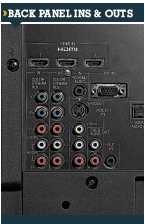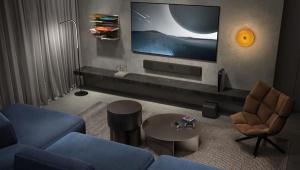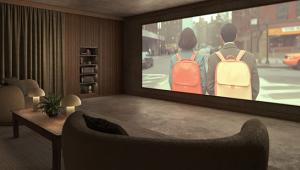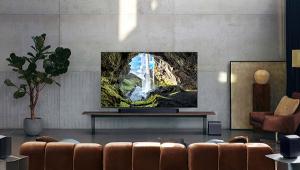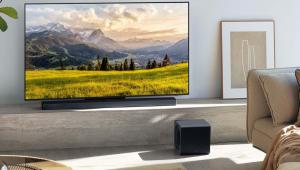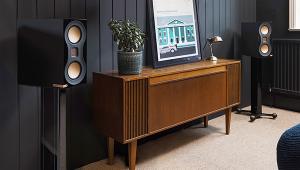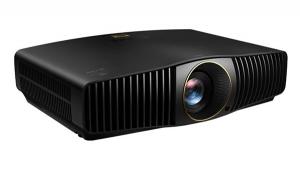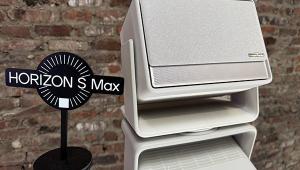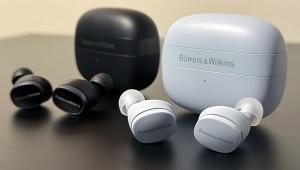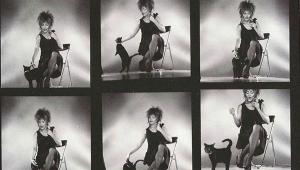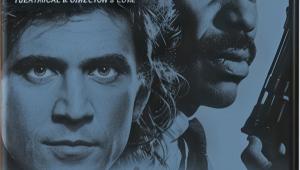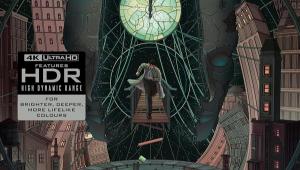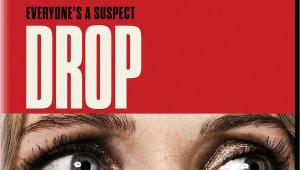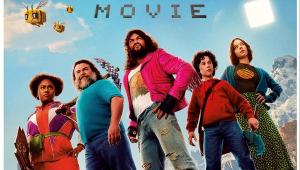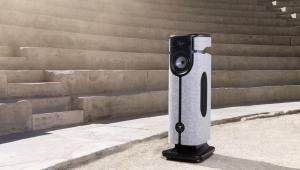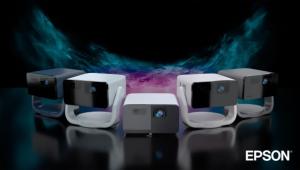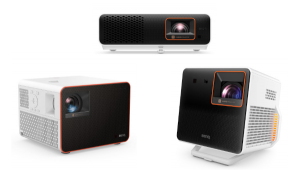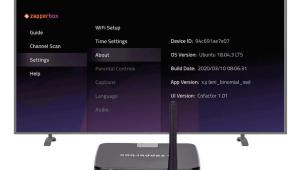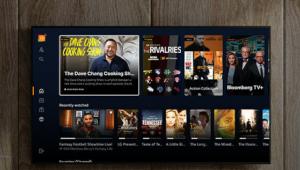Toshiba 47-inch 47ZV650U
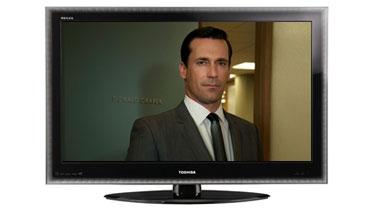
Sometimes, basic is the best way to go. Take the newest crop of LCD and plasma TVs: many new models are jam-packed with features that most viewers aren't likely to care about or use - everything from YouTube access to preloaded cooking recipes (I'm serious!). For its 650U series LCDs, however, Toshiba chose to keep things relatively simple. A benefit to this approach is reduced cost: At $1,500 (or less, depending on where you shop), the company's 47-inch 47ZV650U is priced lower than most similar-size sets that offer fancy stuff like LED backlighting or an Ethernet port for media streaming.
That's not to say that this 47-incher is devoid of cool new tech. It's the first TV with Dolby Volume - a feature that helps maintain a consistent loudness level when switching between channels or sources. Dolby Volume only works with the TV's built-in speakers (the processing doesn't apply to the set's digital or analog stereo output jacks), so the feature won't be accessible if you're using an outboard audio system. That said, Dolby Volume works: when I switched from Jim Lehrer on PBS to Fox News - usually the loudest station on my cable system - it equalized the widely disparate loudness between the two channels.
Another feature found in the Toshiba is ClearScan 240, a selectable mode designed to reduce blur on fast-motion images - a traditional LCD weakness. Despite the "240" label, the 47ZV650U's display has a standard 120-Hz refresh rate. But with ClearScan 240 switched on, a scanning backlight action is trigged that creates what Toshiba calls a "240-Hz effect." In contrast, 240-Hz LCDs from Samsung and Sony hit their high screen-refresh rate by quadrupling video frames from standard 60-Hz sources.
| With so many flat-panel TVs working the same basic gloss black look, Toshiba deserves credit for trying something different with the 47V650U's cosmetics. The TV's "Deep Lagoon" design incorporates a fade effect that visually softens the edges of the screen's 2½ -inch-wide bezel. The TV looks fine sitting on its stand, but I imagine the effect would really pop if it were mounted against a light-colored wall. The set's rear-panel inputs include three HDMI connections, a pair of component-video jacks, and an RGB PC port. A side-panel convenience input contains an additional HDMI jack along with a USB port and SD card slot. With the media plugged into the USB or SD card inputs, you can view JPEG slideshows by calling up the Media Player in the TV's Applications menu. DivX video playback is also supported, but only for media connected to the TV's USB port. Toshiba's remote control lacks a backlit keypad, but controls that you'll use most often like Input, Pic Size, and Pic Mode will be easy to locate once you familiarize yourself with the button layout. The REGZALink function allows HDMI-connected devices like a Blu-ray Disc player to be controlled using the TV's remote. Pressing the Input button calls up a menu of sources (active ones can be custom-labeled, while unused ones can be skipped), which you can scroll through or directly call up by pressing the associated number on the remote. |
|
|---|
Picture Size options include three TheaterWide modes that zoom or stretch 4:3 aspect ratio images to varying degrees, and a Native mode that displays 1080i, 1080p, and 720p signals, as well as 480i and 480p ones arriving via HDMI with no overscan.
SETUP
| Folks who want their TV to automatically optimize its picture will appreciate the AutoView option in the Toshiba's Picture Mode menu. This setting, which enables the TV to monitor ambient light conditions and adjust picture settings accordingly, does a good job when you're watching TV in medium-bright to bright rooms. Serious tweaks who want to optimize the picture for dark-room viewing are advised to head straight to the Movie mode. With this preset selected, the set delivers impressively accurate color and linear grayscale tracking right out of the box (see Test Bench). The Advanced Picture Settings menu includes a number of features that I didn't find necessary to use, including the DynaLight, Dynamic Contrast, and Resolution+ modes. (Dynamic Contrast enhances picture highlights in dark scenes, while Resolution+, which is aimed at improving soft-looking standard-def pictures, mostly adds a grainy texture that looks like picture noise amplified.) |
|
|---|
A Film Stabilization mode offers Off, Standard, and Smooth settings (you need to select Standard or Smooth to enable 2:3 pulldown for viewing filmbased programs). And a ColorMaster menu lets you go crazy tweaking hue, saturation, and brightness levels for each of the primary and secondary colors. Another tweak feature is the TV's Expert mode, which lets you individually switch on and off the red, green, and blue colors when adjusting color and tint using color-bar patterns on test discs. And when you've got everything dialed in, enabling the TV's TheaterLock feature prevents interlopers from messing with your perfectly tuned picture settings.

